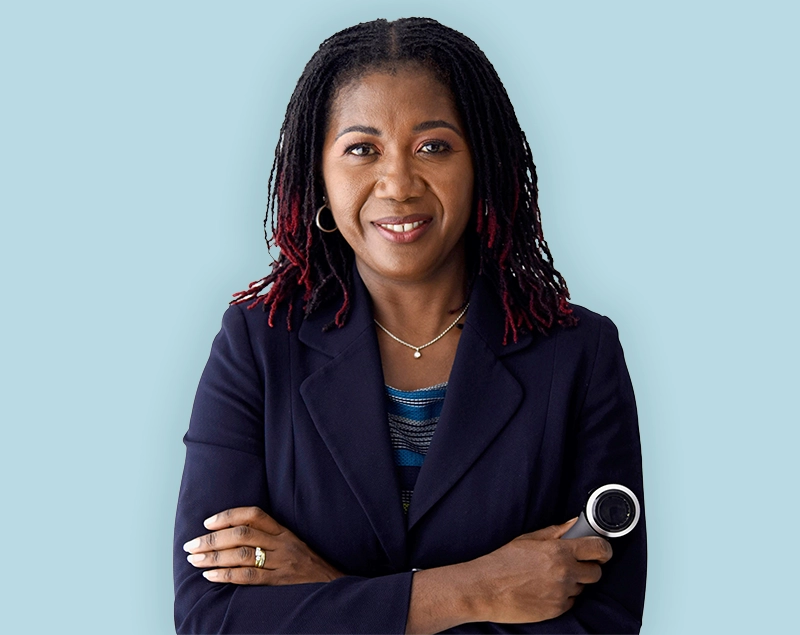Overview
What are cysts?
Cysts are abnormal sacs that develop within the skin or just beneath it. They can appear anywhere on the body but are most commonly found on the face, scalp, neck, and trunk. Dermatology-related cysts are generally slow-growing and non-cancerous, though they may occasionally cause pain, inflammation, or cosmetic concern.
Different types of dermatology-related cysts have unique features and origins. Understanding their differences helps guide diagnosis and treatment. Common cysts seen in dermatology include:
- Epidermoid Cysts: These firm, slow-growing lumps form beneath the skin and are filled with keratin. They most often appear on the face, neck, or back.
- Pilar (Trichilemmal) Cysts: Commonly found on the scalp, pilar cysts originate from hair follicle cells and contain keratin.
- Dermoid Cysts: Present from birth, these cysts can contain skin elements such as hair, sebaceous material, and sometimes even teeth.
- Sebaceous Cysts: Soft, fluid-filled lumps arising from blocked sebaceous glands, usually on the torso or face.
- Ganglion Cysts: Lumps near joints or tendons, especially on the wrist or hand, filled with thick fluid.
- Chalazion: Firm eyelid bumps caused by blocked oil glands in the eyelid.
- Milia: Tiny, white keratin-filled cysts that appear on the skin surface, often on the face.
Understanding the type, location, and content of a cyst helps determine whether treatment is necessary and which approach is safest and most effective.
Symptoms and Causes
What are the symptoms of Cysts
Cysts vary in appearance and symptoms depending on type, size, and location. While some cysts remain unnoticed for years, others may cause visible lumps, discomfort, or irritation.
Typical signs of dermatology-related cysts include a firm or soft bump beneath the skin, often dome-shaped. Cysts are usually painless unless infected or inflamed. In some cases, redness, warmth, or tenderness may indicate secondary infection. Cosmetic concerns arise when cysts are prominent on the face or scalp.
Cysts develop for multiple reasons, often linked to skin structures:
- Blocked ducts or follicles, such as in sebaceous, epidermoid, or pilar cysts, can trap keratin and other materials beneath the skin.
- Chronic irritation or trauma to the skin may trigger cyst formation or exacerbate existing cysts.
- Congenital factors can result in dermoid cysts present at birth.
- Certain genetic predispositions or conditions increase susceptibility to cyst formation.
- Milia may develop when keratin becomes trapped under the skin surface.
Diagnosis and Tests
How are cysts diagnosed?
A dermatologist typically evaluates cysts with a combination of careful inspection and, if needed, imaging or laboratory tests. Diagnosis focuses on confirming that the lump is a benign cyst rather than a tumour or other skin condition.
- Visual and Physical Examination: The dermatologist assesses size, shape, texture, and location.
- Dermatoscopy: A magnifying device provides detailed evaluation of surface cyst characteristics.
- Ultrasound or MRI: Deeper cysts or those near sensitive structures may require imaging to determine contents and exact location.
- Biopsy: Occasionally recommended if the cyst appears atypical or there is concern about malignancy.
Accurate diagnosis ensures proper management, minimises the risk of complications, and helps patients understand the likely course of their cyst.
Management and Treatment
Not all cysts require intervention. Dermatologists recommend treatment based on symptoms, cosmetic concerns, size, and risk of infection or recurrence.
Many small, asymptomatic cysts can be safely monitored. Regular check-ups help track growth or changes and allow early intervention if needed.
Treatment options
When treatment is necessary, options include:
- Surgical Removal: Complete excision is common for epidermoid, pilar, sebaceous, and dermoid cysts. It reduces recurrence risk and ensures safe removal of all cyst contents.
- Incision and Drainage: Used for chalazia, inflamed cysts, or clustered milia, this method provides relief and promotes healing.
- Topical Treatments: Retinoid creams may help resolve small milia or prevent new cysts from forming.
- Minimally Invasive Techniques: Laser therapy or other dermatology procedures may reduce cyst size and recurrence.
Aftercare
Proper aftercare is essential for healing and preventing recurrence. It includes keeping the area clean, following clinician instructions, and avoiding trauma to the treated site.
Outlook/Prognosis
Most dermatology-related cysts have a positive outlook.
Benign cysts are generally harmless and often resolve with simple treatment. Some cysts, such as pilar or epidermoid cysts, may recur, but repeat procedures are effective. Complications, including infection, inflammation, or scarring, are uncommon when cysts are managed properly.
Prevention
While cysts cannot always be prevented, several strategies can reduce risk and recurrence:
- Maintain good skin hygiene and avoid friction or trauma in vulnerable areas.
- Treat cuts, abrasions, or skin irritation promptly.
- Avoid squeezing or attempting to self-drain cysts.
- Follow dermatologist recommendations for recurrent or multiple cysts.
- Attend regular skin assessments for early detection and management.


